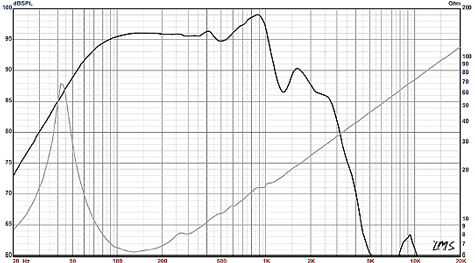Andrewjvt said:
Hi Lindsayt
Whats your opinion of the following: atc scm 40s with a subwoofer or atc 100s on their own without one?
Would love to hear your thoughts and anyone elses.
Andrew, of those 2 options I'd go for the 100's.
The only time I've heard subs working passably well has been when there's been 2 of them, placed directly under the main speakers.
That is based on the context of this thread where size, looks, budget and room size are not an issue.
If they were then the 40's might be a better option.
I personally wouldn't have ATC 100's as I prefer speakers that sound alive at low volume, that have the most realistic sounding bass possible, that have the most natural sounding vocals (which comes down to the amplification too). What ATC's do offer is an uber hi-fi sound. Like a top of the range Linn Naim system from the 1980's, except better. Which is why I can understand why many ATC owners love their speakers.



